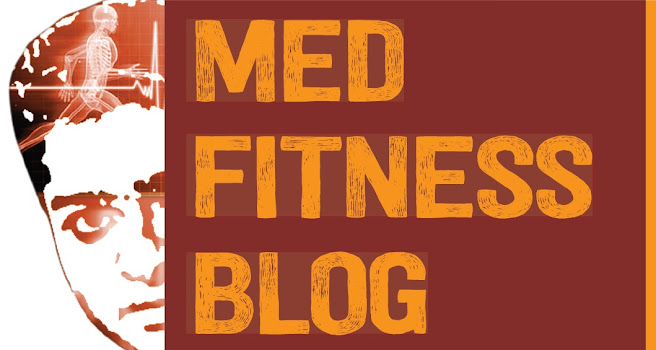Taking a nap, we’ve seen time and again, is like rebooting your brain. Everyone likes to get a quick nap in every now and then, but napping may be as much of an art as it is a science. The Wall Street Journal offers recommendations for planning your perfect nap, including how long to nap and when.
The sleep experts in the article say a 10-to-20-minute power nap gives you the best “bang for your buck,” but depending on what you want the nap to do for you, other durations might be ideal. For a quick boost of alertness, experts say a 10-to-20-minute power nap is adequate for getting back to work in a pinch.
For cognitive memory processing, however, a 60-minute nap may do more good, Dr. Mednick said. Including slow-wave sleep helps with remembering facts, places and faces. The downside: some grogginess upon waking.
“If you take it longer than 30 minutes, you end up in deep sleep. Have you ever taken a nap and felt worse when you woke up? That’s what’s happening — you’re sleeping too long and you’re going into a stage of sleep that’s very difficult to get out of.” – Dr. Michael Breus
Finally, the 90-minute nap will likely involve a full cycle of sleep, which aids creativity and emotional and procedural memory, such as learning how to ride a bike. Waking up after REM sleep usually means a minimal amount of sleep inertia, Dr. Mednick said.
In fact, a study published in PubMed in 2002 found that napping even for 5-10 minutes creates a heightened sense of alertness and increased cognitive ability in comparison to no nap. So really, you want to be taking a 10-20 minute nap for a quick recharge, or a 60-90 minute nap for a deep sleep rejuvenation.
In addition to those recommendations, one surprising suggestion is to sit slightly upright during your nap, because it will help you avoid a deep sleep. And if you find yourself dreaming during your power naps, it may be a sign you’re sleep deprived.


